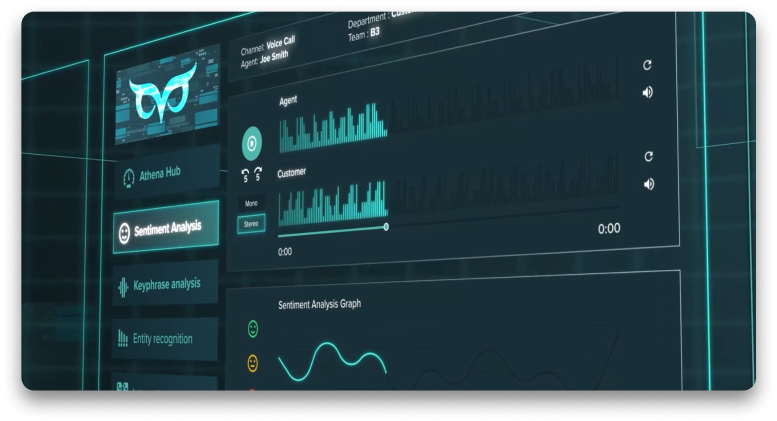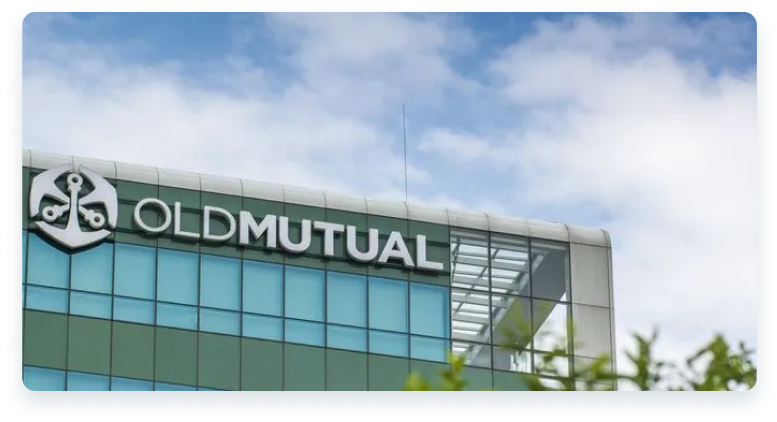May 17th 2021 marks World Telecommunications Day.
Celebrated annually since 17th May 1969, the purpose of World Telecommunication and Information Society Day (WTISD) is to help raise awareness of the possibilities that using the internet and other information and communication technologies can bring to societies and economies, as well as highlighting ways to bridge the digital divide.
Becoming digital is unavoidable at this point, the world has undergone a digital revolution, and understanding the impact of an IT disruption and downtime can save your industry millions.
Thinking back 20 years, parents were sending their children off to school with payphone cards, loaded with airtime to make phone calls for emergencies at the school pay phone. In the 1960s, office switchboards would handle all incoming calls, it was very rare to make a direct phone call to somebody with employees often being asked to avoid making phone calls during peak hours, 9 am-1 pm.
Today, a large portion of the population communicate via multiple channels such as WhatsApp, Facebook, email or instant message just to name a few.

Telecommunications has had to evolve to reach different demographics through different means of communication, but more importantly, to meet the consumer’s most preferred means of communication, which needs to be instant. “Consumer’s want answers instantly, and if providers cannot offer that, they will move on to somebody who can”, says Stephen Adams, Enterprise Sales Developer at Connex One.
Stephen explains that consumers want to have multiple channels to communicate through, they want to be presented with options and to use the channel that is easiest at the time of engagement. As an example, when searching for an insurance quote, consumers want to be presented with multiple quotes to choose from, so they will be communicating via multiple channels, and the quicker the response from the supplier, the faster the consumer makes their decision.
As the digitalization of telecommunications has taken place, it has had an important role to play in contact centers around the world. Utilizing an Omnichannel platform with Skills-Based Routing ensures that calls are directed to the right people based on the skills required.
“Connex One has helped enable the handling of thousands of calls during the height of the pandemic. The system has decreased wait times, by ensuring calls are quickly routed to the best-suited agent to deal with the call coming in. This was a fundamental shift during the pandemic when contact centers for all purposes received heightened call volumes. We have helped contact centers achieve their service level agreements (SLA’s) by reducing weight times, which was paramount during the rapid contact center expansion experienced by increased remote working.” says Brian Bvundura, Sales Development Specialist at Connex One.

Cloud-based customer engagement companies such as Connex One offers an Omnichannel solution that allows contact centers to reach consumers via multiple channels. The Connex One platform enables organizations to handle interactions across phone, SMS, email, web, social and live chat.
With the ability that your agents can pick up the conversation where they left off, it can increase the volume of tickets without decreasing the quality. “Working with the customers daily, it’s been incredible to see the digital journey of their telecommunications expansion. By using the Connex One Omnichannel platform, I have seen organizations save up to 33% in teams productivity with an increase of 25% in sales within the first four weeks,” says Brian.
Omnichannel solutions can optimize your day to day functionality, and increasing revenue by up to 35%. According to the CEO of Crisp Solutions, Ian Faught, having an overview of all your functionalities in terms of performance, quality, incoming and outgoing responses, instantly optimizes your revenue and quality of management.
Without an optimization tool, your organization relies on manual management, with agents controlling their own performance. “Optimization can save managers up to two hours of quality control per day, that’s one full workday every week”, says Ian.
For more information on how Connex One can help you improve your Customer Engagement, Connex One has the software for you. Get in touch with our team at hello@connexone.io or request a free demo of our platform here.


